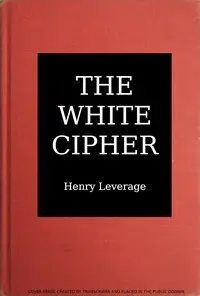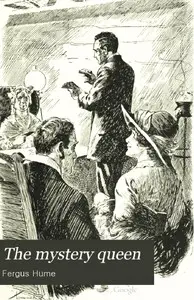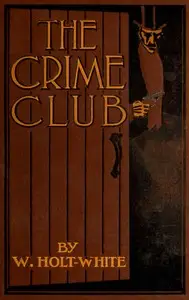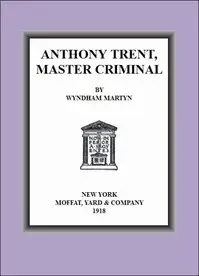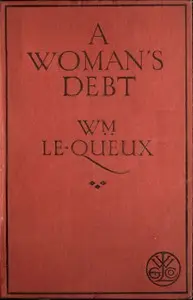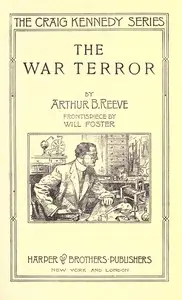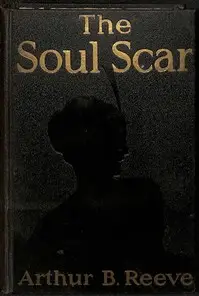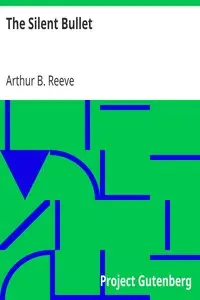"Constance Dunlap" by Arthur B. (Arthur Benjamin) Reeve is a suspenseful crime novel from the early 1900s. It follows Constance Dunlap and her husband, Carlton, as they face the fallout from his crime of embezzlement. After his misdeeds are revealed, Constance suggests they commit forgery to escape their problems, marking the beginning of a dark partnership. Carlton comes home overwhelmed with guilt from his crime. He tells Constance of his plan to run away to avoid the consequences. Constance, after her initial shock wears off, proposes they solve their financial woes through forgery. The story begins when they make a plan to forge a check to escape. This opening sets a feeling of suspense and shows the complex relationship of the two main characters as they go further into the life of crime.
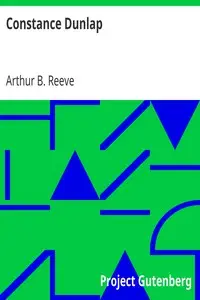
Constance Dunlap
By Arthur B. (Arthur Benjamin) Reeve
A desperate couple plunges into the dangerous world of forgery to escape the consequences of embezzlement, blurring the lines of love and morality.
Summary
About the AuthorArthur Benjamin Reeve was an American mystery writer. He is known best for creating the series character Professor Craig Kennedy, sometimes called "The American Sherlock Holmes", and Kennedy's Dr. Watson-like sidekick Walter Jameson, a newspaper reporter, for 18 detective novels. Reeve is famous mostly for the 82 Craig Kennedy stories, published in Cosmopolitan magazine between 1910 and 1918. These were collected in book form; with the third collection, the short stories were published grouped together as episodic novels. The 12-volume publication Craig Kennedy Stories was released during 1918; it reissued Reeve's books-to-date as a matched set.
Arthur Benjamin Reeve was an American mystery writer. He is known best for creating the series character Professor Craig Kennedy, sometimes called "The American Sherlock Holmes", and Kennedy's Dr. Watson-like sidekick Walter Jameson, a newspaper reporter, for 18 detective novels. Reeve is famous mostly for the 82 Craig Kennedy stories, published in Cosmopolitan magazine between 1910 and 1918. These were collected in book form; with the third collection, the short stories were published grouped together as episodic novels. The 12-volume publication Craig Kennedy Stories was released during 1918; it reissued Reeve's books-to-date as a matched set.

